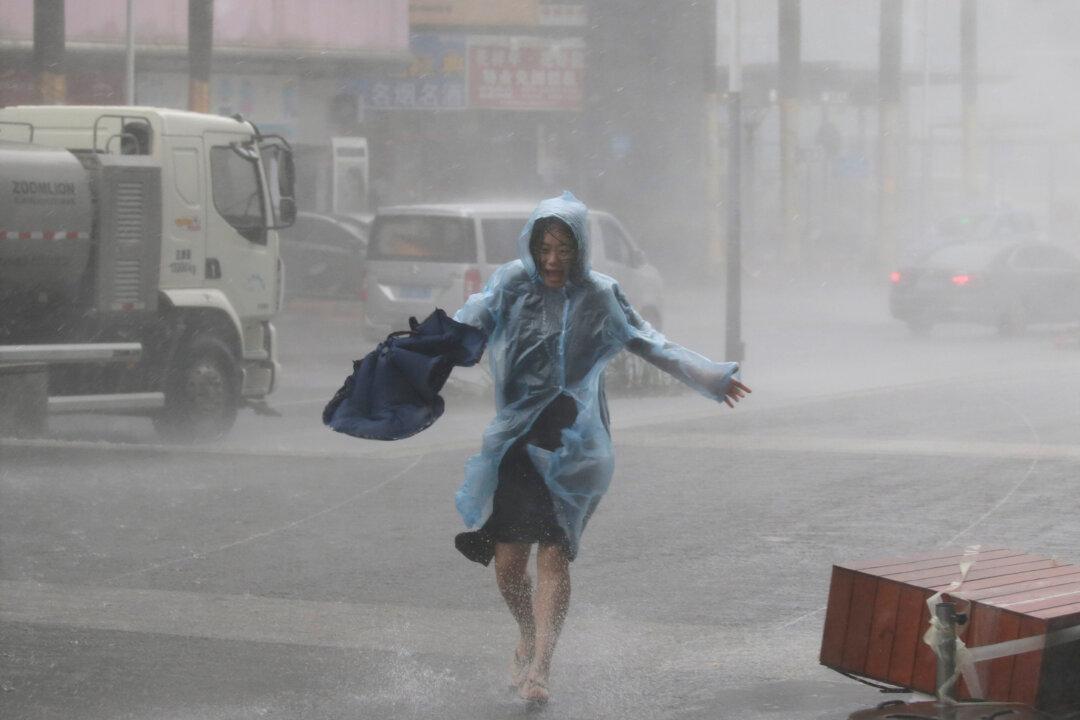HONG KONG/MANILA—A super typhoon made landfall in China’s Guangdong Province on Sept. 16, the country’s most populous province, after wreaking havoc in Hong Kong and Macau and killing at least 29 people in the Philippines.
Packing gale force winds of more than 200 kph (125 mph), tropical cyclone Mangkhut is considered the strongest to hit the region this year, equivalent to a maximum Category 5 “intense hurricane” in the Atlantic.





